.png)
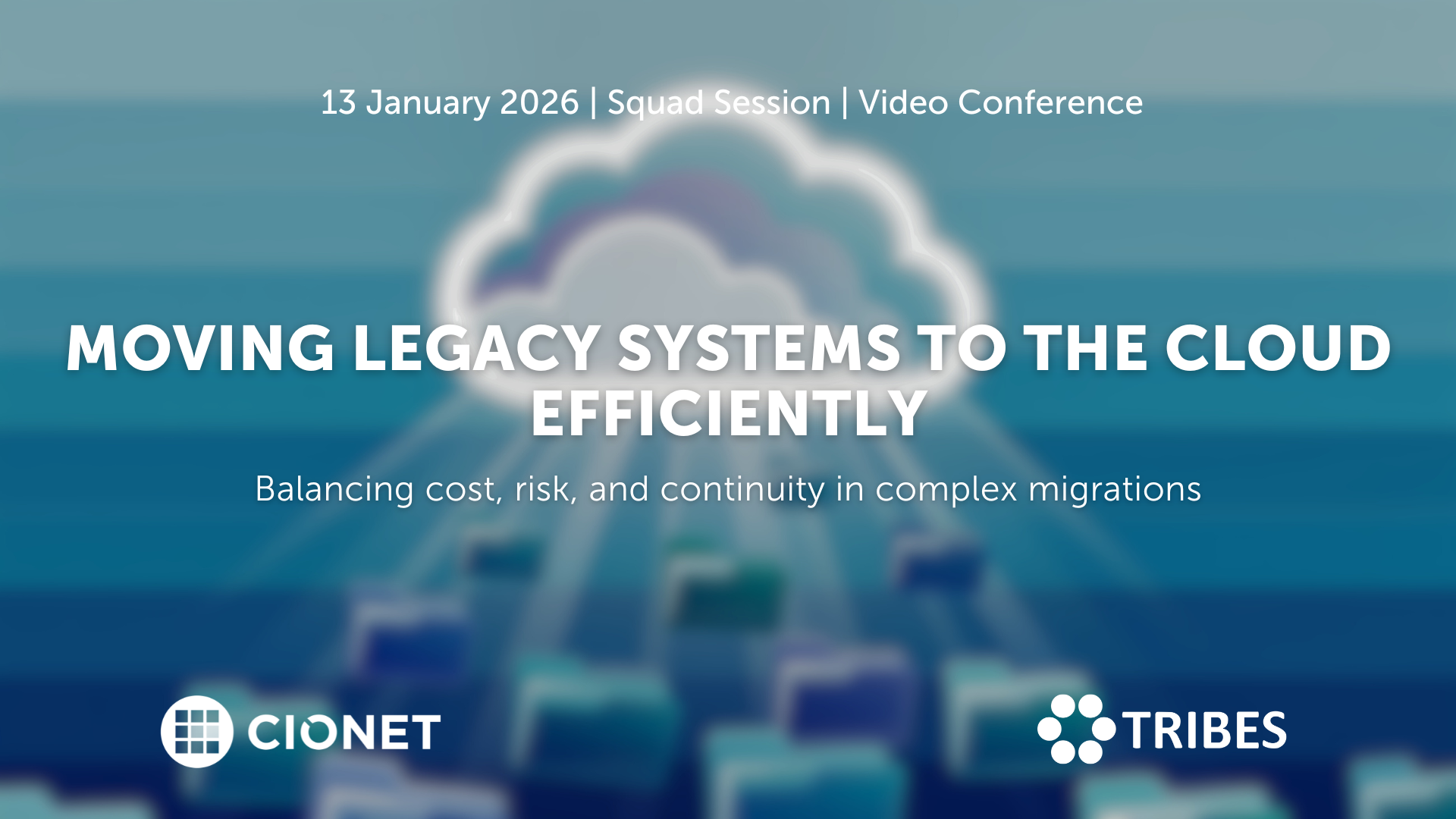
Belgium 13-1-26 Squad Only Virtual english
Migrating legacy systems to the cloud remains one of the toughest balancing acts in IT. Every choice affects stability, cost, and trust at once, and what starts as a modernisation effort quickly turns into a negotiation between ambition and reality. Suddenly budgets rise, dependencies appear late, and timelines tighten as old architectures collide with new expectations. In the end, success depends on sequencing, ownership, and aligning business priorities with infrastructure limits, and not only on technical readiness. Making it work requires more than a plan on paper. Knowing which systems genuinely belong in the cloud, which can wait, and which should stay put shapes the entire roadmap and defines its success. Each refactoring decision sets the level of future flexibility, but it also drives cost and risk. The trade-offs between speed, sustainability, and resilience only become clear once migration begins and pressure builds. Let’s discuss how to plan migrations that stay on track, manage hidden dependencies, and handle downtime with confidence. Let’s also discuss how governance, testing, and vendor coordination keep progress visible and credible. Are you in? A closed conversation for those who turn cloud migration from a disruption into a long-term advantage.
Read More.png)
Belgium 20-1-26 All Members Physical english
CIOs today are being judged less as technology leaders and more as portfolio managers. Every euro is under scrutiny. Boards and CFOs demand lower run costs, higher efficiency, and clear ROI from every digital initiative. Yet, they also expect CIOs to place bets on disruptive technologies that will keep the enterprise competitive in five years. This constant tension is redefining the role. In this session, we go beyond FinOps and cost reporting to tackle the strategic financial dilemmas CIOs face.
Read More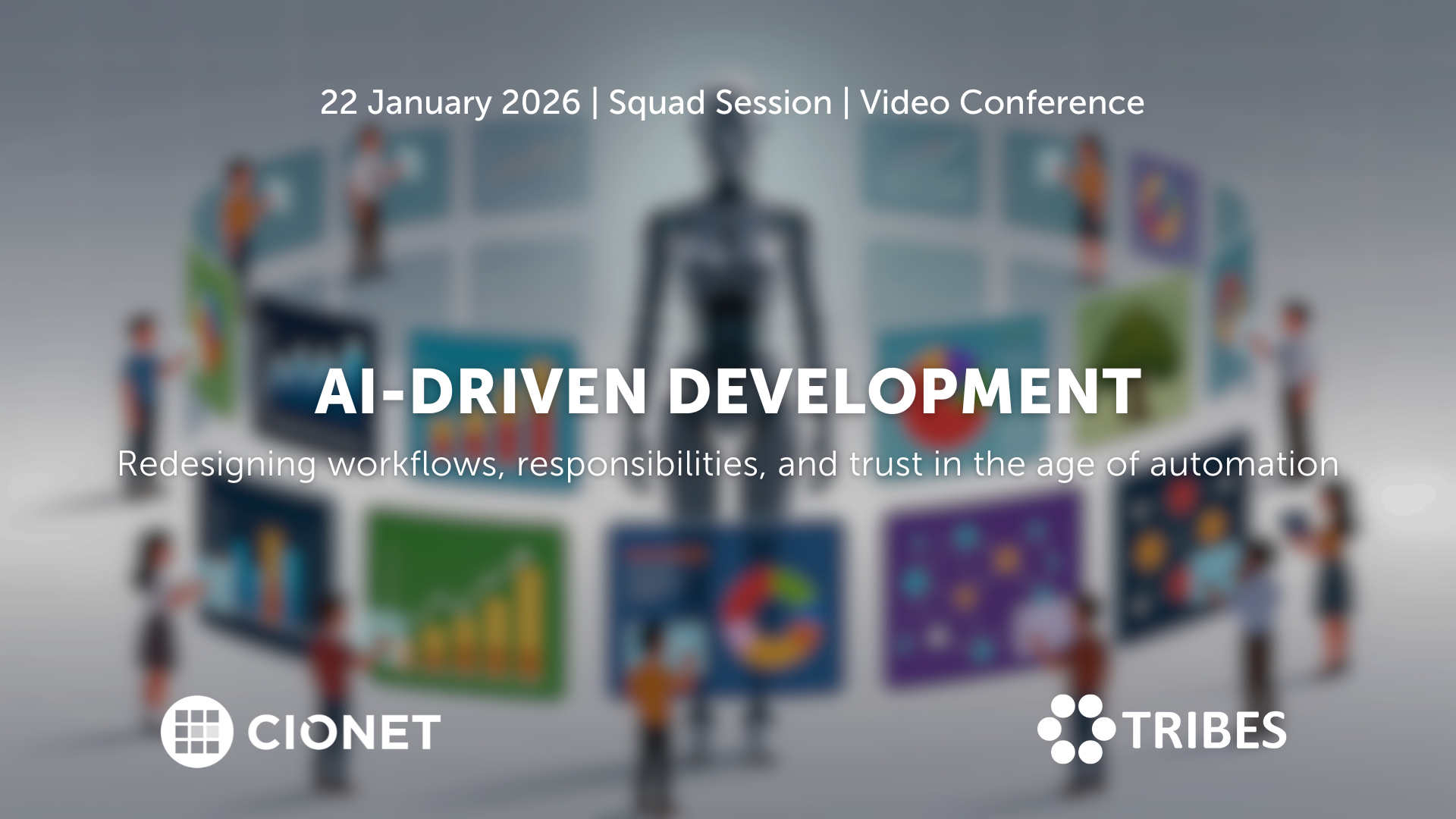
Belgium 22-1-26 Invitation Only Virtual english
AI coding assistants entered development teams quietly, but their impact grows by the day. What started as autocomplete now shapes architecture decisions, documentation, and testing. And when productivity gains are visible, so are new risks: security blind spots, uneven quality, and the slow erosion of shared standards. Teams move faster, but not always in the same direction. The challenge has become integration rather than adoption. And new questions have risen: how do you blend automation into established practices without losing oversight? When is human review still essential, and what should the rules of collaboration between developer and machine look like? As AI tools learn from proprietary code, where do responsibility and accountability sit? Let’s talk about how to redefine those workflows, balancing creativity with control, and protecting code quality in a hybrid human-AI environment. A closed conversation on where AI accelerates progress, where it introduces new debt, and how development culture must evolve to stay credible.
Read More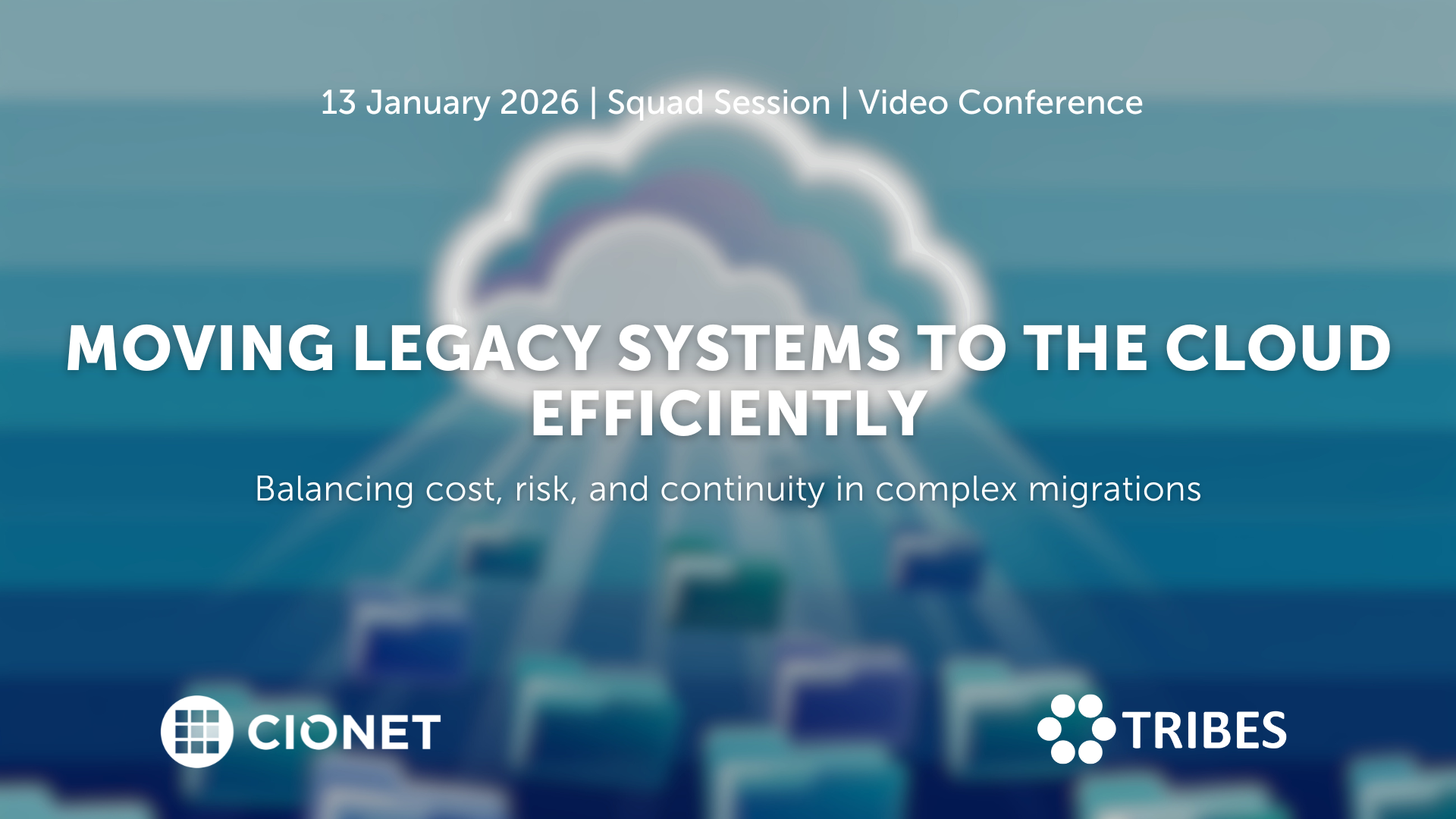
January 13, 2026 Squad Session Invitation Only Virtual english
Migrating legacy systems to the cloud remains one of the toughest balancing acts in IT. Every choice affects stability, cost, and trust at once, and what starts as a modernisation effort quickly turns into a negotiation between ambition and reality. Suddenly budgets rise, dependencies appear late, and timelines tighten as old architectures collide with new expectations. In the end, success depends on sequencing, ownership, and aligning business priorities with infrastructure limits, and not only on technical readiness. Making it work requires more than a plan on paper. Knowing which systems genuinely belong in the cloud, which can wait, and which should stay put shapes the entire roadmap and defines its success. Each refactoring decision sets the level of future flexibility, but it also drives cost and risk. The trade-offs between speed, sustainability, and resilience only become clear once migration begins and pressure builds. Let’s discuss how to plan migrations that stay on track, manage hidden dependencies, and handle downtime with confidence. Let’s also discuss how governance, testing, and vendor coordination keep progress visible and credible. Are you in? A closed conversation for those who turn cloud migration from a disruption into a long-term advantage.
Read More
January 22, 2026 Squad Session Invitation Only Virtual english
AI coding assistants entered development teams quietly, but their impact grows by the day. What started as autocomplete now shapes architecture decisions, documentation, and testing. And when productivity gains are visible, so are new risks: security blind spots, uneven quality, and the slow erosion of shared standards. Teams move faster, but not always in the same direction. The challenge has become integration rather than adoption. And new questions have risen: how do you blend automation into established practices without losing oversight? When is human review still essential, and what should the rules of collaboration between developer and machine look like? As AI tools learn from proprietary code, where do responsibility and accountability sit? Let’s talk about how to redefine those workflows, balancing creativity with control, and protecting code quality in a hybrid human-AI environment. A closed conversation on where AI accelerates progress, where it introduces new debt, and how development culture must evolve to stay credible.
Read More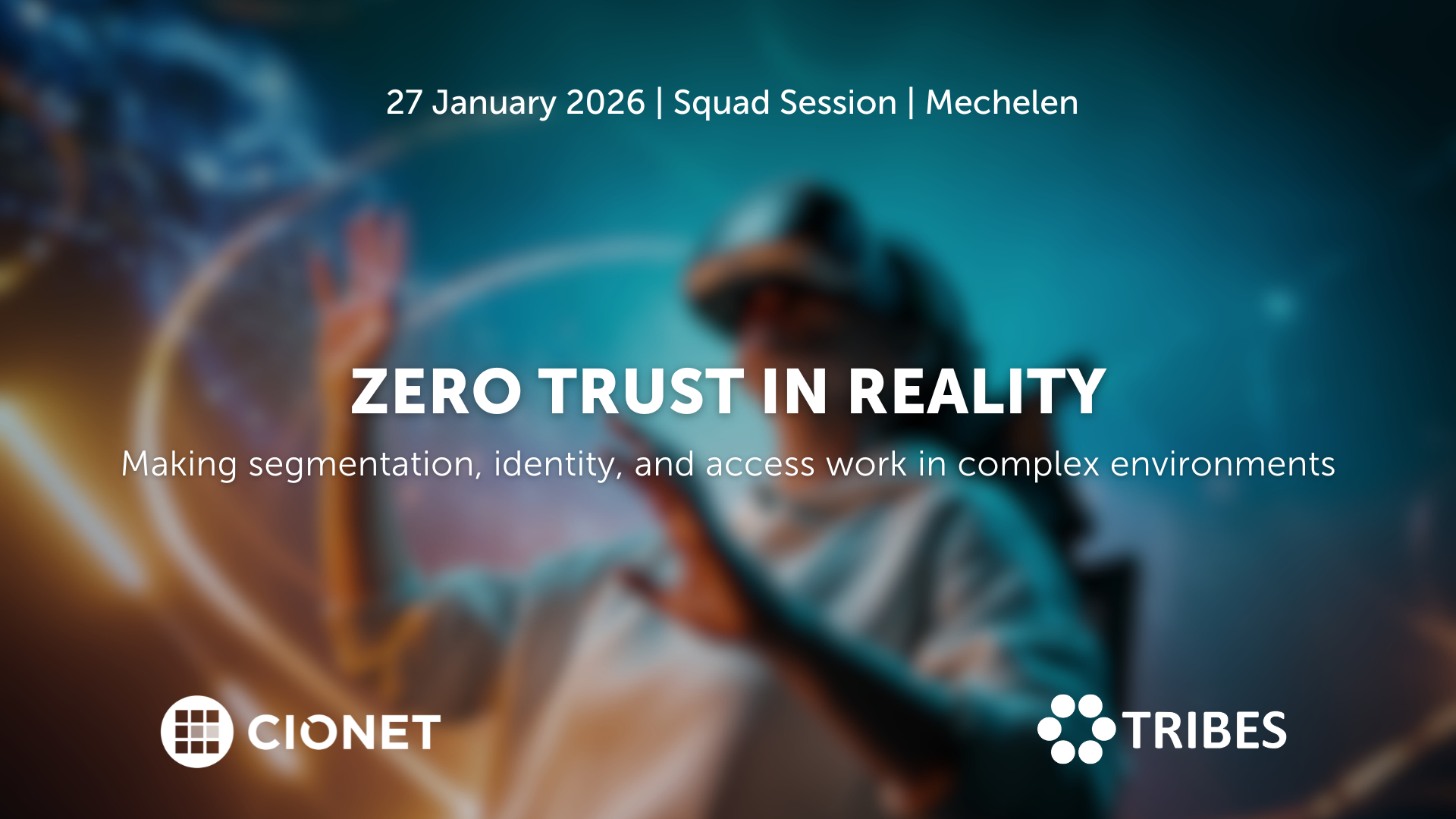
January 27, 2026 Squad Session Invitation Only Physical english
Zero Trust sounds simple on paper: trust no one, verify everything. But once you start implementing it, the fun begins. Legacy systems, hybrid networks, and human habits don’t read the manual. The idea is solid; the execution, not so much.
Read More
CIONET Trailblazer: AI Transformation: Bridging the Cultural Divide to Achieve Competitive Advantage
Published on: December 17, 2025 @ 9:16 AM
Improving Location Accuracy for Gas Emergencies Using Amazon Location Service with Cadent
Learn how Cadent in the energy industry simplified locating leaks reported to the National Gas Emergency Service using Amazon Location Service.
in average call time to report hard-to-locate gas leaks
during emergency gas leaks
when reporting leaks
Overview
If a person smells a gas leak, they need to be able to report it quickly and accurately. However, if the leak is in an outdoor area without a specific postal address, like a field, passing on the information to emergency responders over the phone can be tricky. If responders aren’t sent to the correct location quickly, the public safety risks are increased.
Cadent, a gas distribution network based in Britain that also runs the National Gas Emergency Service line for the United Kingdom, wanted to improve the system for people reporting smells of gas in locations that don’t have a specific postal address. By using Amazon Web Services (AWS) and working with Slalom, an AWS Partner, Cadent deployed an application for people who call to report gas emergencies to accurately and quickly pinpoint the location for responders.
Opportunity | Using AWS to Better Locate Outdoor Gas Emergencies for Cadent
In addition to supplying 11 million homes in England with natural gas, Cadent manages the National Gas Emergency Service, a service that members of the public can call 24/7 to report gas emergency situations. The National Gas Emergency Service receives 1.5 million reports per year, and around 900,000 of these incidents require job site visits.
While most incidents take place at a fixed address, about 10 percent of reported gas leaks take place outside in public areas, and about 10 percent of those outdoor locations are difficult for callers to explain. Someone smelling gas in a field or along a public path or road could have trouble describing the location precisely enough for the operators to send work crews to the right place. The previous methods that Cadent used to pinpoint locations relied on how accurately the caller could relay information back to the operator over the phone. “Getting a location wrong could result in serious safety risks for people,” says Dan Edwards, head of customer center operations for Cadent. “We wanted to find a better, user-friendly way to locate these emergency situations.”
Cadent reached out to several technology service providers, and AWS was the first to respond with a proof of concept in July 2023. Cadent then worked alongside AWS to find a partner to develop the solution, and in October, Cadent began a 4-week engagement with Slalom. The result—the LocateMe application—was delivered to Cadent in November 2023 and, after operator training, went live in early 2024.

The map in LocateMe, powered by Amazon Location Service, is intuitive. For the end user, it gives confidence that the correct location has been passed on to our agents.”
Dan Edwards
Head of Customer Center Operations, Cadent
Solution | Reducing Call Times by 50% Using Amazon Location Service
Now, when a person calls the National Gas Emergency Service and reports a smell of gas in a location without a postal address, the operator asks the person permission to send a text message to define the location of the emergency. If the caller agrees, they receive an SMS with a link to open the LocateMe app, which asks for their GPS location. The app then shows the caller’s current location on a map, and the caller can confirm if the problem is at that location or edit the location to pinpoint where the gas smell is. The app sends the location back to the operator, who can copy it directly into the system. This supplies the emergency team with precise GPS coordinates.
Using the LocateMe app, average call times to report gas emergencies at locations without postal addresses have been reduced from 12 minutes to 5–6 minutes. With shorter calls, operators can alert response teams to deal with each emergency more quickly. “Ultimately, whenever there’s a gas leak, our job is to get engineers to that specific site to investigate it, resolve it, and make the situation safe,” says Edwards. “Now, we can get engineers to the right location 5 or 6 minutes faster.”
To display map locations in LocateMe, the app uses Amazon Location Service, a location-based service that developers can use to add geospatial data and location functionality to applications. (See figure 1.)
“The map in LocateMe, powered by Amazon Location Service, is intuitive,” says Edwards. “For the end user, it gives confidence that the correct location has been passed on to our agents.”
Slalom built the application for Cadent using coding languages and tooling that Cadent was already familiar with. Thus, Cadent, which now owns and runs the application, can maintain and further develop it without making major changes to its systems or team. To build the application quickly using Cadent’s preferred technology, Slalom used AWS App Runner—a fully managed application service used to build, deploy, and run web applications and API services without prior infrastructure or container experience. “Slalom brought not only quick build time and quality from its architects and engineers but also worked with us as a stakeholder to really understand what the intention was for this app,” says Edwards. “Slalom actually delivered a far better product than what we’d asked for because its team really understood what we were aiming to achieve.”
The solution has been reviewed by various key stakeholders and regulatory authorities in the United Kingdom, including the Health and Safety Executive. “Every person that I’ve demonstrated this solution to is amazed by how much better it is than what we used before,” says Edwards. “The success of the solution has made it simple to use, demonstrating our commitment to continuous improvement and enhancing customer safety.”
Outcome | Improving Safety Outcomes for the Public
The capabilities of the LocateMe app are reducing the risks of locating the 9,000–11,000 hard-to-pinpoint gas leaks that get reported each year. Cadent plans to continue expanding the product to automate more of the reporting process.
“This project has not only solved the initial issue that we had, but it has also opened up the possibilities of what else we can do using AWS,” says Edwards. “The LocateMe app has proven that we can get customers to use technology in a way that is intuitive, simple, accurate, and not intrusive from a data collection point of view.”
Cadent is the UK’s largest gas distribution network, supplying gas to 11 million homes and businesses. Cadent also manages the National Gas Emergency Service on behalf of the gas industry in the United Kingdom.
506 Views 0 Likes Read More

Digital Transformation is redefining the future of health care and health delivery. All stakeholders are convinced that these innovations will create value for patients, healthcare practitioners, hospitals, and governments along the patient pathway. The benefits are starting from prevention and awareness to diagnosis, treatment, short- and long-term follow-up, and ultimately survival. But how do you make sure that your working towards an architecturally sound, secure and interoperable health IT ecosystem for your hospital and avoid implementing a hodgepodge of spot solutions? How does your IT department work together with the other stakeholders, such as the doctors and other healthcare practitioners, Life Sciences companies, Tech companies, regulators and your internal governance and administrative bodies?
Read More
The Telenet Business Leadership Circle powered by CIONET, offers a platform where IT executives and thought leaders can meet to inspire each other and share best practices. We want to be a facilitator who helps you optimise the performance of your IT function and your business by embracing the endless opportunities that digital change brings.
Read More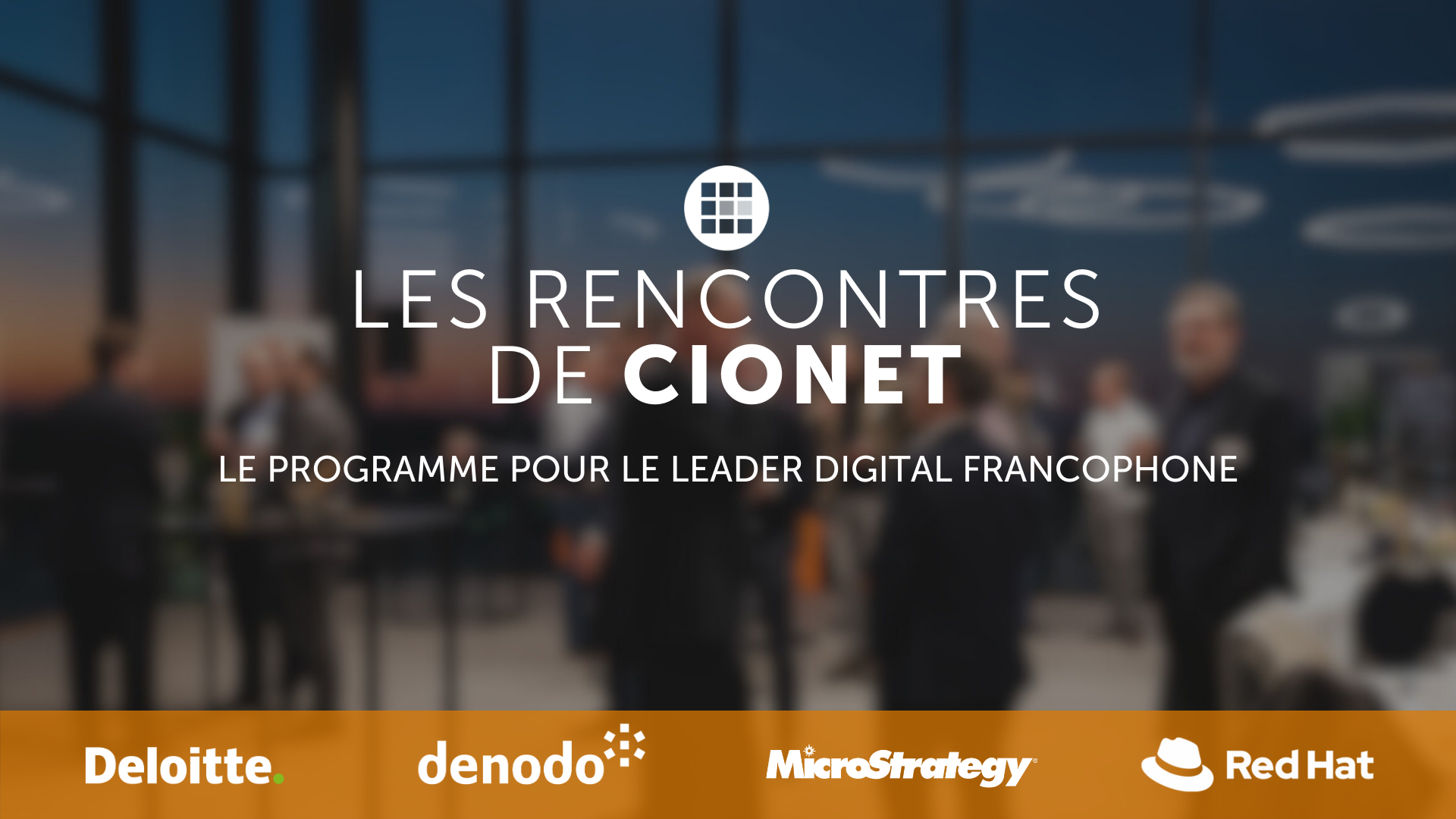
Découvrez la dynamique du leadership numérique aux Rencontres de CIONET, le programme francophone exclusif de CIONET pour les leaders numériques en Belgique, rendu possible grâce au soutien et à l'engagement de nos partenaires de programme : Deloitte, Denodo et Red Hat. Rejoignez trois événements inspirants par an à Liège, Namur et en Brabant Wallon, où des CIOs et des experts numériques francophones de premier plan partagent leurs perspectives et expériences sur des thèmes d'affaires et de IT actuels. Laissez-vous inspirer et apprenez des meilleurs du secteur lors de sessions captivantes conçues spécialement pour soutenir et enrichir votre rôle en tant que CIO pair. Ne manquez pas cette opportunité de faire partie d'un réseau exceptionnel d'innovateurs numériques !
Read More
CIONET is committed to highlighting and celebrating female role models in IT, Tech & Digital, creating a leadership programme that empowers and elevates women within the tech industry. This initiative is dedicated to showcasing the achievements and successes of leading women, fostering an environment where female role models are recognised, and their contributions can ignite progress and inspire the next generation of women in IT. Our mission is to shine the spotlight a little brighter on female role models in IT, Tech & Digital, and to empower each other through this inner network community.
Read More


-Apr-01-2022-10-58-34-57-AM.png)





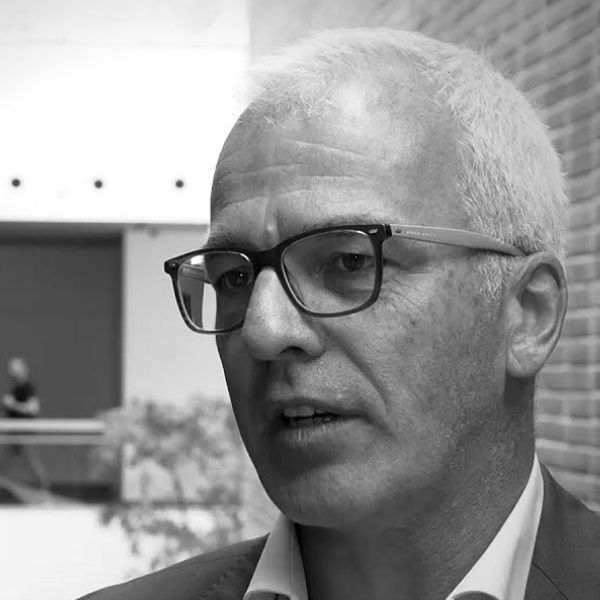





-Dec-13-2023-10-53-15-5032-AM.png)




-Jun-12-2023-01-23-11-7540-PM.png)

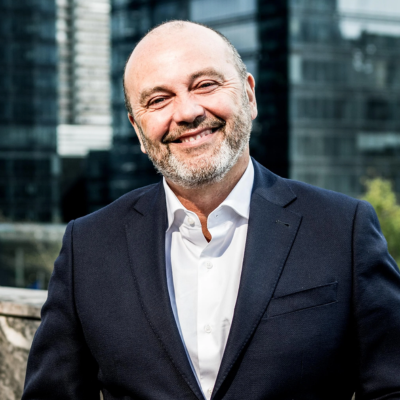



-Apr-01-2022-10-58-34-68-AM.png)



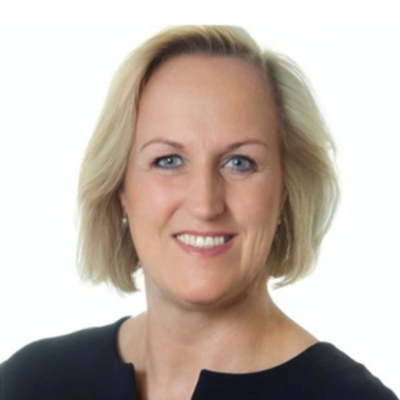






-2.jpg)




-Sep-01-2022-02-47-55-60-PM.png)
-Nov-22-2023-08-56-42-6802-AM.png)
.png)
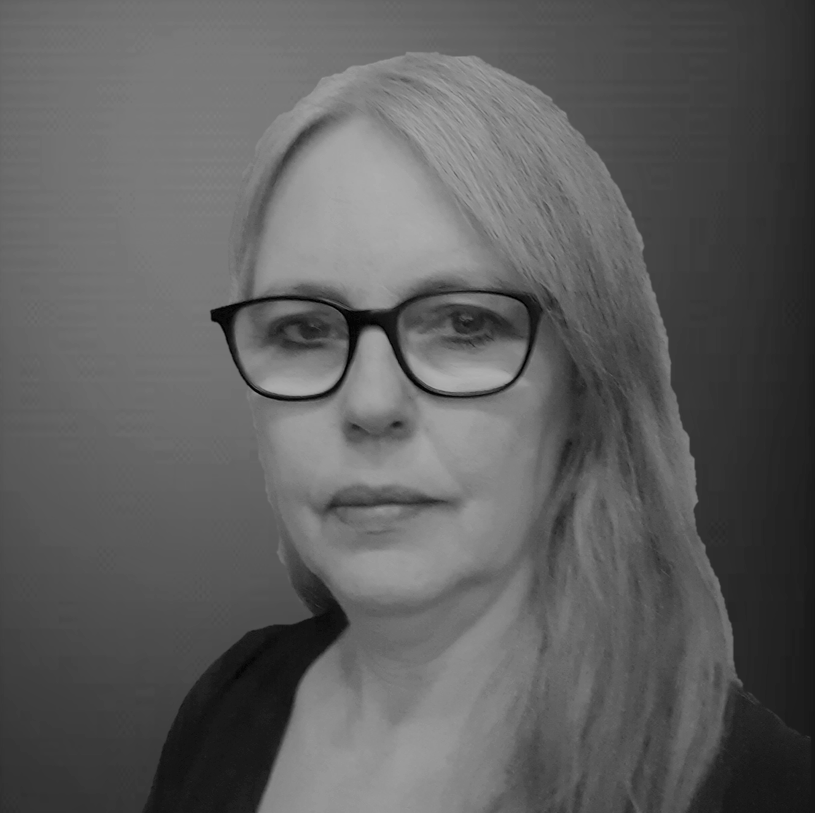
Would you like to know more about CIONET Belgium, membership or partnership opportunities? Do you have feedback or any other question? Send us a message!
You can either send us a registered handwritten letter explaining why you'd like to become a member or you can simply talk to us right here!